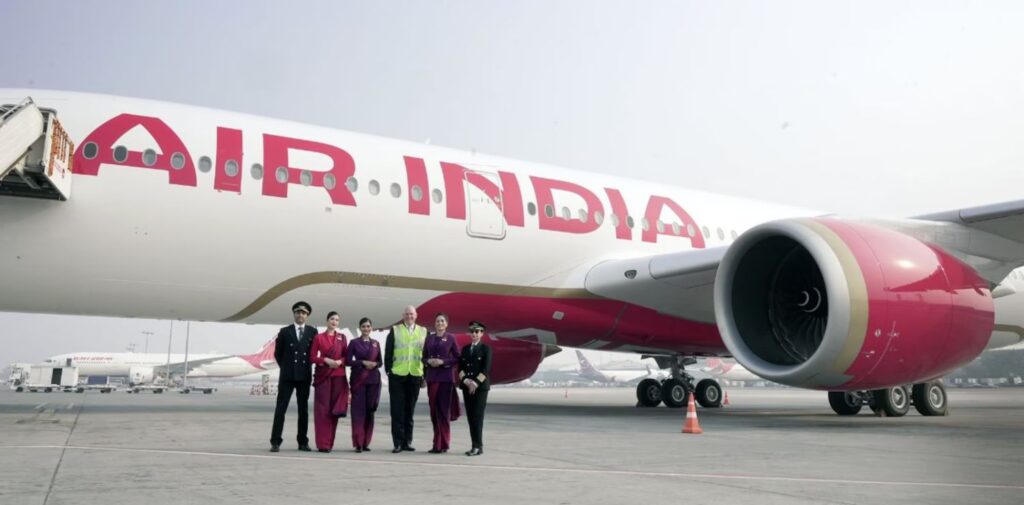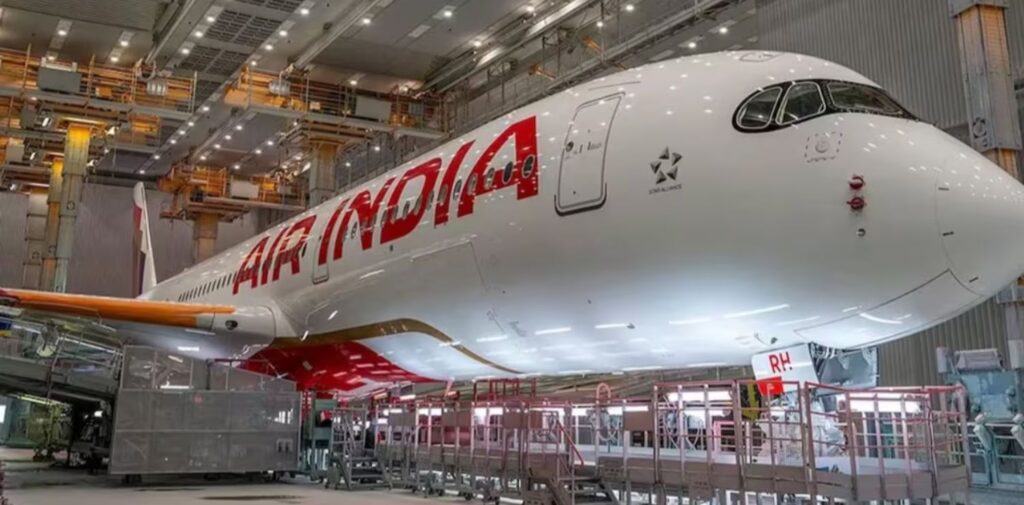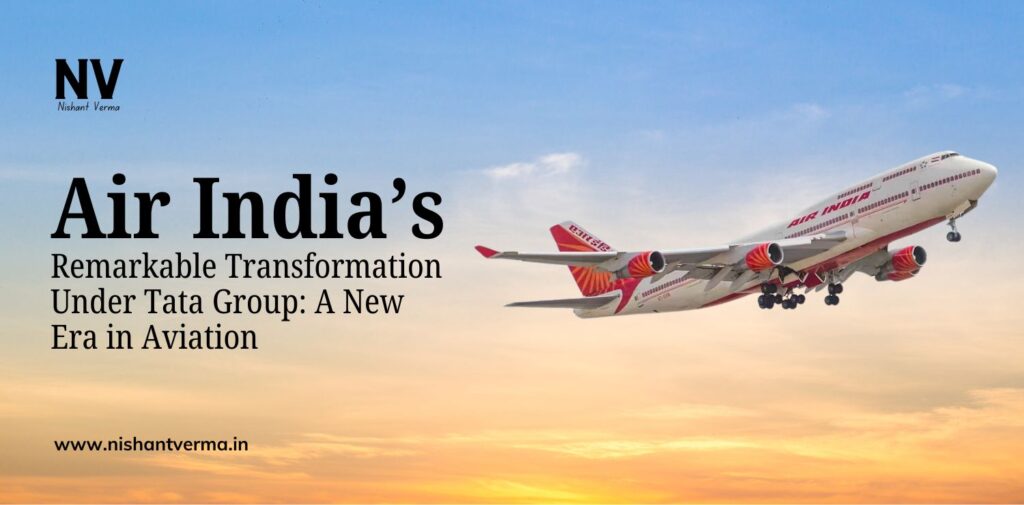The takeover of Air India by the Tata Group marked a new chapter in the airline’s history. Over the past two years, the airline has undergone a significant transformation, evident in its improved market share, expanding routes, and increased operational efficiency. The airline’s turnaround reflects Tata’s commitment to revitalizing this iconic brand, making it more competitive in both domestic and international markets.
Domestic Market Share and International Expansion
Since the Tata Group’s acquisition, Air India has captured 27% of the domestic market and 24% of the international market. This impressive growth can be attributed to the airline’s strategic focus on expanding its international routes, particularly targeting underserved markets with high demand. The introduction of 35 new routes, with 24 of these being international, highlights the emphasis on global growth. International flights are more lucrative due to higher ticket prices and premium services, helping the airline boost its revenue by 25%.

Fleet Expansion and New Employees
Air India’s fleet expansion has played a crucial role in its growth strategy. Today, the airline operates 142 aircraft, making it one of the largest carriers in India. The increased number of aircraft has enabled the airline to operate 41% more flights compared to its pre-Tata period. This expansion has not only helped the airline serve more passengers but also allowed it to improve its on-time performance and operational efficiency.
To support its growing operations, Air India has hired 9,000 new employees, including 5,000 cabin crew members. The additional workforce is essential to maintain service quality and meet the rising demand for air travel. Tata’s focus on modernizing the fleet and enhancing staff training has significantly improved the in-flight experience for passengers.

Financial Turnaround: Revenue and Loss Reduction
Under the Tata Group’s leadership, Air India has managed to boost its revenue by 25%, a notable achievement in an industry facing stiff competition and fluctuating fuel prices. Perhaps even more impressive is the reduction of the airline’s losses by 50%. The improved financial performance can be attributed to a combination of cost-cutting measures, increased passenger load, and a greater focus on high-yield international routes. Moreover, Tata’s operational expertise has played a pivotal role in streamlining operations, renegotiating contracts, and optimizing fuel efficiency, which has helped reduce overall costs.
Challenges and Competition
While Air India’s growth is impressive, it still faces significant challenges, particularly in the highly competitive domestic market. IndiGo, with its dominant 60% market share, remains a formidable competitor. However, Air India is focusing on service differentiation, premium offerings, and leveraging its reputation to carve out a niche in both domestic and international segments. Furthermore, the airline’s association with the Tata Group has enhanced customer confidence, with many travelers opting for Air India due to the brand’s legacy and Tata’s proven track record in management.

The Road Ahead: More Routes and Technological Advancements
Looking ahead, Air India has ambitious plans to expand its network further. The airline is continuously evaluating new routes, particularly in Asia and the Middle East, which are high-growth regions. Additionally, Air India is investing heavily in technology to streamline its operations, improve customer service, and enhance its digital platforms.
In line with global trends, Air India is also focusing on sustainability initiatives, including reducing its carbon footprint. This is part of a broader industry movement towards greener aviation practices. The airline is exploring fuel-efficient aircraft and implementing measures to cut down on unnecessary fuel consumption, which not only aligns with global environmental goals but also contributes to cost savings.
Conclusion: A New Dawn for Air India
Air India’s revival under the Tata Group is nothing short of remarkable. The airline’s growing market share, expanding fleet, new routes, and improving financial health indicate that it is well on its way to reclaiming its position as a leading player in the global aviation industry. Tata’s strategic vision, combined with its operational expertise, has set Air India on a path of sustained growth and profitability. While challenges remain, particularly in the competitive domestic market, Air India is better positioned than ever to navigate these obstacles and soar to new heights.
With plans for continued expansion and a focus on customer experience, Air India’s future looks promising, marking a new era for one of India’s most iconic airlines.




